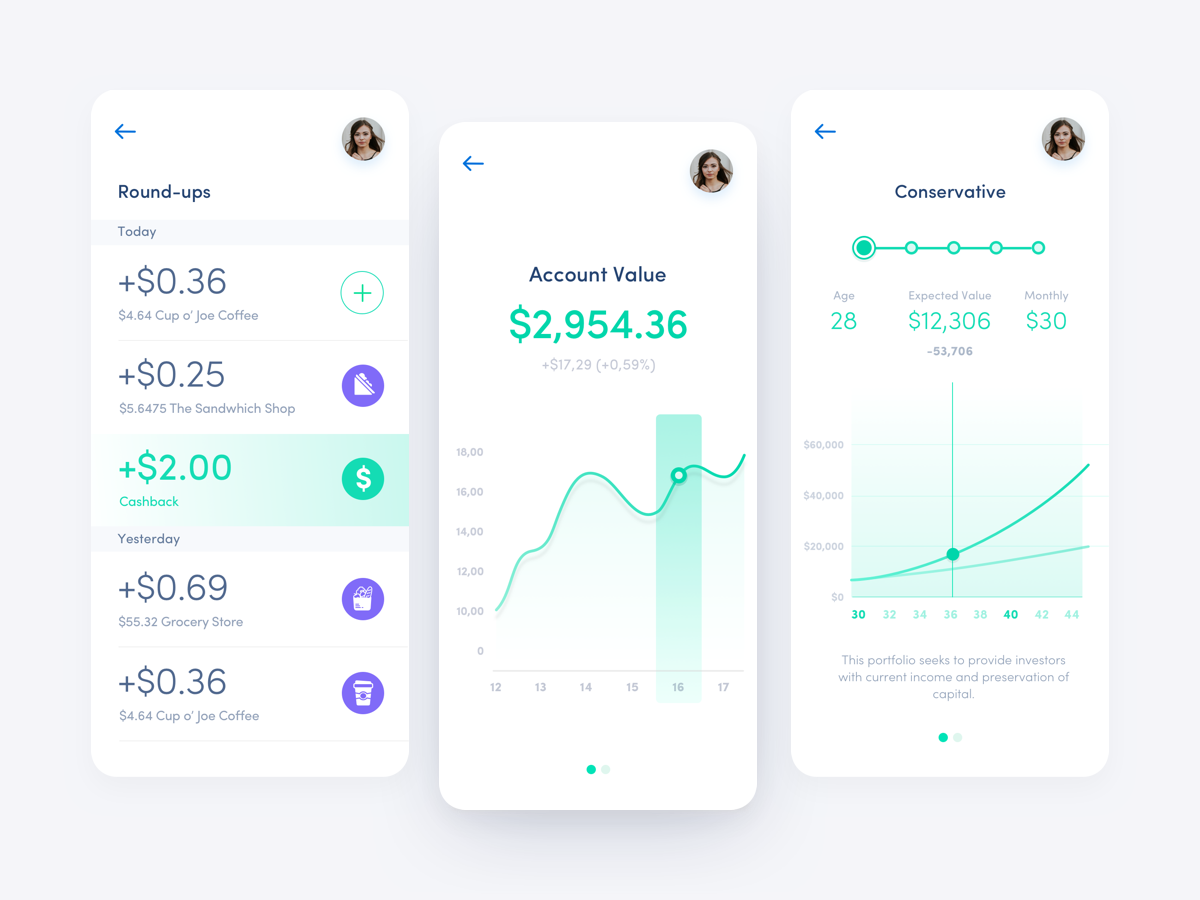
Going short in Forex trading means that you sell a currency pair and wait for the price of the pair to decline. There are many strategies for going short in Forex trading. Some of these strategies include hedging and position sizing. Continue reading to find out more. Going short has many benefits. Below are some of our favorites. This article hopefully helped you to get started.
Positions
Trading in Forex involves a variety of currency pairs, known as long and short positions. Long positions, however, are wagers to increase the value of a currency couple. Short positions, on other hand, bets to decrease the value. The size and direction each position takes is determined by the underlying currency pairs and the amount of leverage the trader can use. It is important to use the correct leverage when entering a trade.

Stop-losses
When short selling currencies, the key to making money is knowing when to stop. While stop-losses can be crucial for many reasons. Perhaps the most important reason is that we don't know the future for the currency we are selling. The market cannot predict the future, so each trade is risky. Market traders who win often win on several currency pairs. Therefore, we need to be prepared for these scenarios.
Hedging
A hedge, an investment strategy, is one that helps to mitigate some of the risks associated a position. Hedging is the act of purchasing a currency option that gives the buyer the right and ability to execute a trade on forex trading before the expires. A put option, which is an option on an assets, is different from a call option. The buyer or seller of a call options must sell the asset immediately to the buyer.
Technical indicators
Forex traders have access to a range of technical indicators. These tools can help you identify price levels and relative volatility. They can be used to identify price levels and relative volatility in commodities and stocks. Many novice traders believe more is better. However, this is not always true. Too many indicators will give you less information than necessary, and many of them are just duplicates. Some indicators may even be counterproductive. These indicators may be helpful if your goal is to shorten a currency pair.
Short trades are subject to interest
Interest on short trades in forex is a form of trading in which a person makes a position in a foreign currency for a limited time. Short trades can be used to purchase one currency and sell another. The currency sold is considered to have been borrowed and is subject of interest charges. In contrast, the currency purchased is considered owned. Interest is earned at the difference between these rates.

Risk management
Risk management is essential for any successful strategy when short selling currencies. To maximize your gains and minimize your downside, you must manage your risk. Because they prevent you from losing your gains due to negative price action, profit targets and stop-losses should be a key part of any shorting plan. Active traders engage in constant market interaction and expose their capital to risk in the pursuit of a financial return. You need to be able manage your risk effectively in order for you to succeed.
FAQ
What is a Mutual Fund?
Mutual funds are pools that hold money and invest in securities. They allow diversification to ensure that all types are represented in the pool. This helps to reduce risk.
Professional managers oversee the investment decisions of mutual funds. Some funds permit investors to manage the portfolios they own.
Mutual funds are preferable to individual stocks for their simplicity and lower risk.
How does Inflation affect the Stock Market?
Inflation affects the stock markets because investors must pay more each year to buy goods and services. As prices rise, stocks fall. This is why it's important to buy shares at a discount.
What are the benefits of investing in a mutual fund?
-
Low cost - Buying shares directly from a company can be expensive. It's cheaper to purchase shares through a mutual trust.
-
Diversification: Most mutual funds have a wide range of securities. One type of security will lose value while others will increase in value.
-
Professional management - Professional managers ensure that the fund only invests in securities that are relevant to its objectives.
-
Liquidity- Mutual funds give you instant access to cash. You can withdraw your money whenever you want.
-
Tax efficiency- Mutual funds can be tax efficient. You don't need to worry about capital gains and losses until you sell your shares.
-
For buying or selling shares, there are no transaction costs and there are not any commissions.
-
Mutual funds are easy to use. All you need is money and a bank card.
-
Flexibility: You have the freedom to change your holdings at any time without additional charges.
-
Access to information - you can check out what is happening inside the fund and how well it performs.
-
Ask questions and get answers from fund managers about investment advice.
-
Security - know what kind of security your holdings are.
-
Control - The fund can be controlled in how it invests.
-
Portfolio tracking: You can track your portfolio's performance over time.
-
Ease of withdrawal - you can easily take money out of the fund.
There are disadvantages to investing through mutual funds
-
Limited investment opportunities - mutual funds may not offer all investment opportunities.
-
High expense ratio. The expenses associated with owning mutual fund shares include brokerage fees, administrative costs, and operating charges. These expenses eat into your returns.
-
Lack of liquidity - many mutual funds do not accept deposits. They must only be purchased in cash. This limits the amount that you can put into investments.
-
Poor customer service. There is no one point that customers can contact to report problems with mutual funds. Instead, you should deal with brokers and administrators, as well as the salespeople.
-
It is risky: If the fund goes under, you could lose all of your investments.
Statistics
- Ratchet down that 10% if you don't yet have a healthy emergency fund and 10% to 15% of your income funneled into a retirement savings account. (nerdwallet.com)
- Even if you find talent for trading stocks, allocating more than 10% of your portfolio to an individual stock can expose your savings to too much volatility. (nerdwallet.com)
- Individuals with very limited financial experience are either terrified by horror stories of average investors losing 50% of their portfolio value or are beguiled by "hot tips" that bear the promise of huge rewards but seldom pay off. (investopedia.com)
- Our focus on Main Street investors reflects the fact that American households own $38 trillion worth of equities, more than 59 percent of the U.S. equity market either directly or indirectly through mutual funds, retirement accounts, and other investments. (sec.gov)
External Links
How To
How to trade in the Stock Market
Stock trading can be described as the buying and selling of stocks, bonds or commodities, currency, derivatives, or other assets. Trading is French for traiteur. This means that one buys and sellers. Traders are people who buy and sell securities to make money. It is one of oldest forms of financial investing.
There are many different ways to invest on the stock market. There are three types that you can invest in the stock market: active, passive, or hybrid. Passive investors do nothing except watch their investments grow while actively traded investors try to pick winning companies and profit from them. Hybrid investors combine both of these approaches.
Passive investing is done through index funds that track broad indices like the S&P 500 or Dow Jones Industrial Average, etc. This approach is very popular because it allows you to reap the benefits of diversification without having to deal directly with the risk involved. Just sit back and allow your investments to work for you.
Active investing involves selecting companies and studying their performance. Active investors look at earnings growth, return-on-equity, debt ratios P/E ratios cash flow, book price, dividend payout, management team, history of share prices, etc. Then they decide whether to purchase shares in the company or not. If they feel that the company's value is low, they will buy shares hoping that it goes up. On the other hand, if they think the company is overvalued, they will wait until the price drops before purchasing the stock.
Hybrid investments combine elements of both passive as active investing. A fund may track many stocks. However, you may also choose to invest in several companies. In this scenario, part of your portfolio would be put into a passively-managed fund, while the other part would go into a collection actively managed funds.